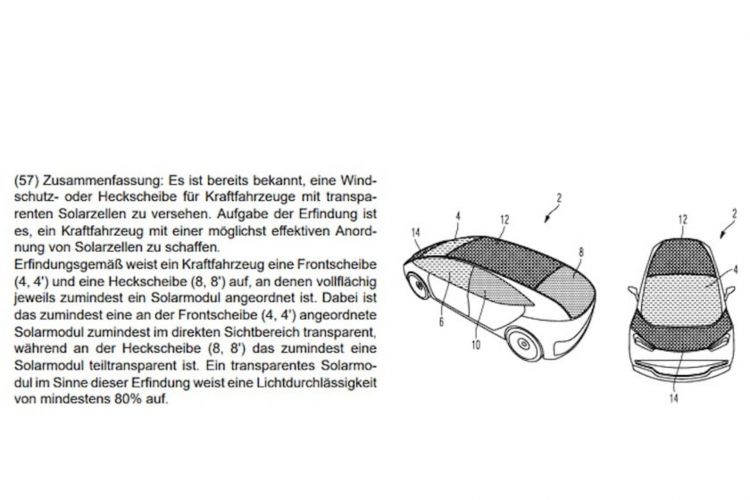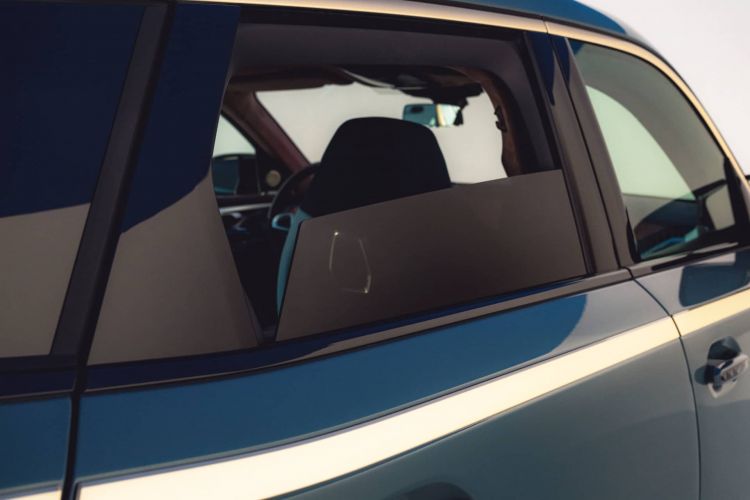The solar panels in cars is not something new. Starting in the 1990s, some manufacturers began to mount them on the panoramic roof with the aim of generating a self-consumption circuit. Over time, the idea of use this technology to give electric vehicles extra mileage has been gaining weight: now, there is a brand that wants to extend this system to all glass surfaces to improve its autonomy.
BMW has registered with the German Patent and Trademark Office (DPMA), as indicated CarBuzzan unprecedented method for install solar panels on all vehicle windows: They will not only cover the panoramic roof, but also the front windshield, the side windows and the rear window. A system that promises, at the same time, to improve the energy efficiency of its electric cars (generating more electricity than other older systems could create) and to reduce the amount of light that reaches the passenger compartment.
ultra-thin solar panels
How do you intend to achieve it? According to the DPMA patent, BMW has designed ultra-thin solar panels that are applied directly to the glass. This system has a very long useful life, but when it comes to generating electricity it is less efficient than the photovoltaic cells of traditional solid panels because they are almost transparent. When a light coat is applied, its performance is lower.
Taking this into account, BMW’s idea would cover the front windshield with a very thin layer of these solar panels so as not to interfere with the driver’s field of vision and maintain up to 95% light transmission. A much thicker coating would be applied to the edge because the denser that coating is, the more energy it is capable of absorbing.
The same approach would be taken in the panoramic roof, in the side windows and in the rear window. All these surfaces will have thicker layers of these solar panels so that they work much more efficiently and, incidentally, get only 50-80% of the outside light through.
Could we see it in BMW electric cars?
Keep in mind that, for now, it is only a patent. If it made it to production, probably, it would be a technology reserved for the highest range of BMW (think of the BMW XM or BMW iX) and could even be only available as optional equipment. And we cannot forget how much it could cost to replace a windshield, a window or a glass that incorporates this technology.
It may be that as BMW develops the technology it will become more affordable and perhaps these types of solar panels will find wider application. And if, in addition, we take into account that they are not limited by the size and shape of the surface on which they are installed, it is possible that, even, some parts of the bodywork (such as the roof or the hood, which receive more sunlight) of an electric car may, in the future, have a coating that generates electricity for its battery.


